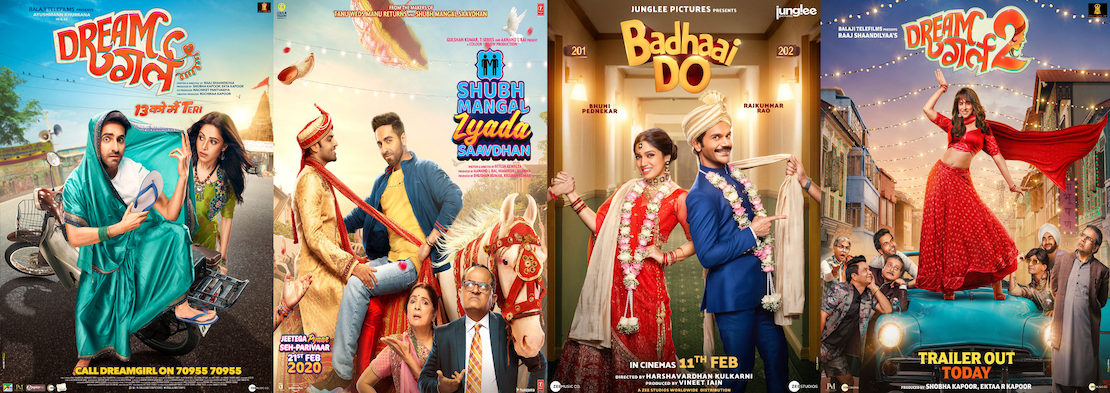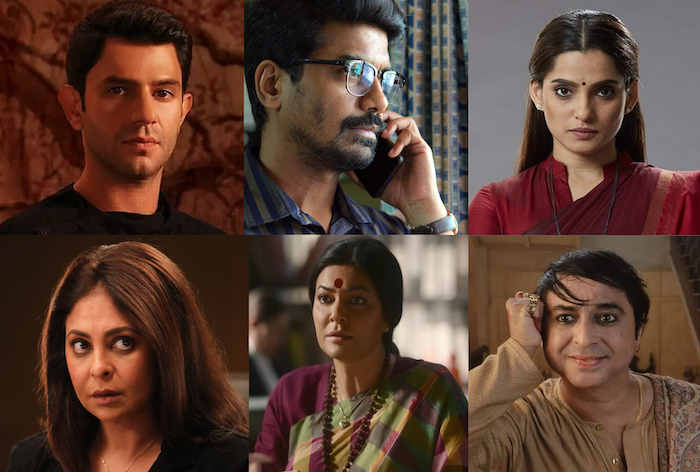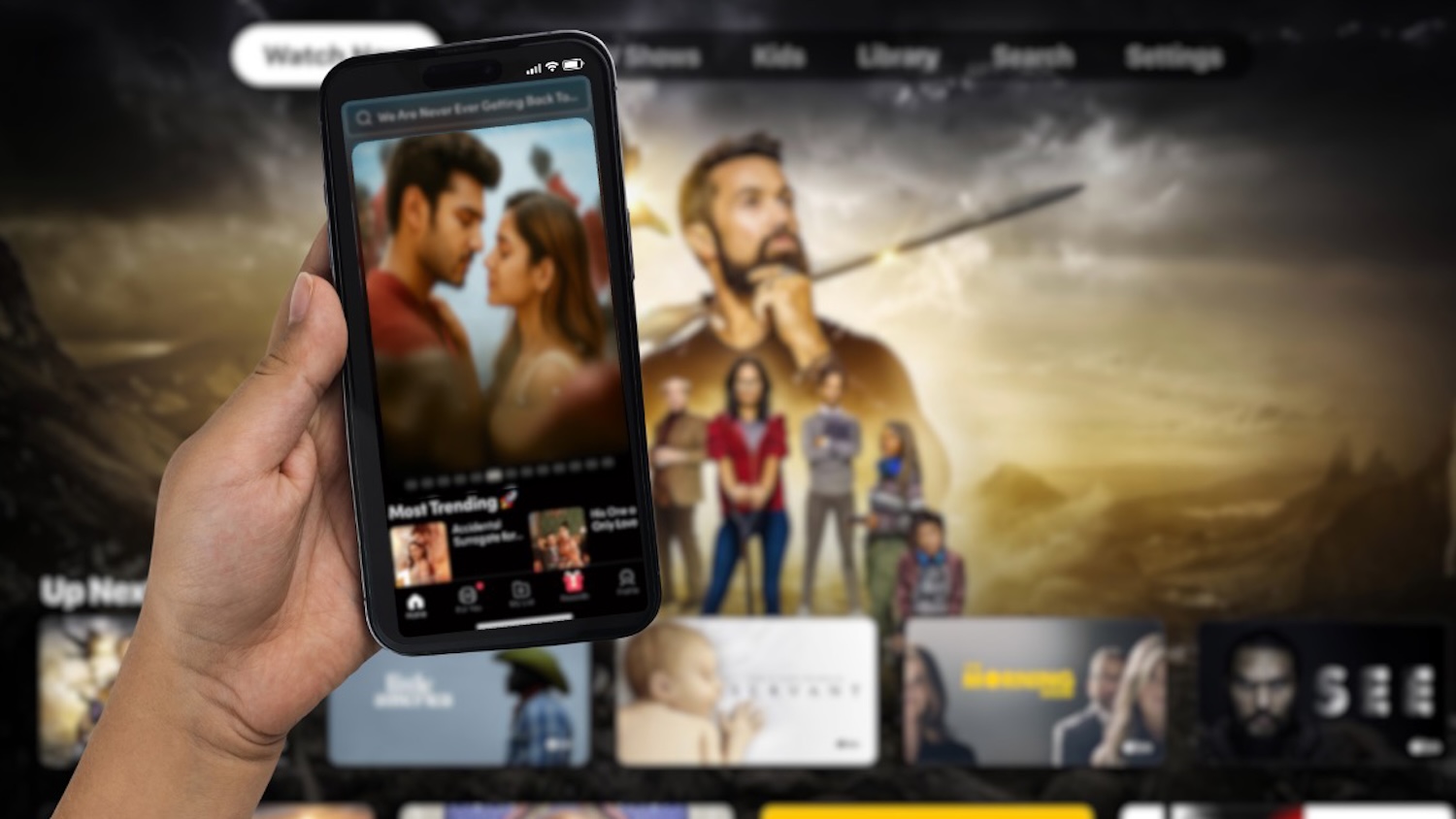


By Swayam Kumar, Soumya Vats
Over the years, the LGBTQIA+ community has found limited representation in the mainstream media in India. While theatrical films and television have largely steered clear of queer representation (barring a few), the growth of the OTT category has presented an opportunity, both in terms of the quantity and quality of representation. In this article, being written as we come to the end of the Pride Month in 2024, we attempt to capture the extent and nature of the portrayal of LGBTQIA+ characters in streaming originals in India.
For the purpose of this analysis, LGBTQIA+ representation has been understood as the presence of queerness, in the form of queer characters and/or acts of queerness. In specific, acts of queerness will be considered queer because they challenge or defy conventional norms related to gender and sexuality. Therefore, a character need not explicitly identify as a queer character within the narrative, but performing a queer act would qualify it as queer representation.
With this idea of representation, the 30 most-liked content properties of each year (based on Ormax Power Rating, i.e. OPR) for streaming and theatrical categories, were considered for analysis, for the period of 2019 to 2024 (until June). Ormax Power Rating (OPR) is our proprietary metric to measure audience likeability of all content, ranging from theatrical films to streaming originals to linear television shows. OPR is reported on a 0-100 scale, and can be seen as a representation of the show’s inherent content strength, and is also a surrogate for its advocacy, i.e., % audience who are likely to recommend the content to their friends or family after watching it.
The chart below showcases the percentage of top OPR theatrical films (150 over six years, as 2020 & 2021 have been considered as one unit due to the pandemic) and streaming content (180) in the last six years, that showcase queer representation.

From the chart above, it can be observed that LGBTQIA+ representation is still at a nascent stage in the theatrical medium, with only 5% of most-liked theatrical films (i.e., 7 out of 150 films considered) over the last six years showcasing any sort of queer representation. Additionally, the form of representation is usually presented in the social-message based comedy genre, making it palatable for the general audience. Films such as Dream Girl, Shubh Mangal Zyada Savdhaan, Chandigarh Kare Aashiqui, etc., are examples of this approach.

Streaming content, in comparison with the theatrical medium, has facilitated progressive representation by allowing for diverse content creation with fewer restrictions, and therefore, allowed for higher, as well as a more layered representation of the LGBTQIA+ community on screen. This can be observed with 18% of most-liked streaming content properties (32 of the 180 properties over the six years) depicting queer representation.
Interestingly, in the streaming landscape, the form of queer representation is more undeviating and transparent, with the extent of centrality of this representation also being higher in the narratives. Here are a few examples regarding the nature of representation, and common themes across these properties:
1. Display of struggles and marginalization based on identity: A portion of the anthology Modern Love Mumbai, directed by Hansal Mehta and featuring Pratik Gandhi and Ranveer Brar, connects the protagonist’s trauma of being marginalized during anti-Muslim riots to revealing his love for a man to his aging grandmother, who had protected him during the riots. It blends an intersectional understanding of identity through the simple concept of purity of love.
2. The act of coming out: The family-friendly Maja Ma, featuring Madhuri Dixit, portrays the event of coming out as a transgression in her picturesque lifestyle. This explores how the act of coming out creates ripples in the lives of those around her.
3. Protagonist’s core conflict revolving around gender and sexuality: Karan’s character from Made In Heaven, oscillates between social acceptance of his sexual identity among his professional peers and friends, while he has to be apologetic and underplay this in the context of his family (especially with his mother).
4. Normalization of identity, by making it incidental: In Sacred Games S2, Gaitonde and Guruji are shown in a queer act, but this queerness is only one facet of their identities. This is displayed as an experience within the broader plots of crime, politics, and spirituality rather than being isolated as a separate storyline. Similarly, Mai shows the mutual care and selflessness of two partners, Prashant and Shankar, caught in the underbelly of the city. This is revealed through casual, everyday interactions rather than dramatic revelations or conflicts about their sexuality.

It is clear that the emergence of streaming platforms has allowed for greater representation of LGBTQIA+ stories and has also allowed for more nuanced portrayal of these characters, and their lives. However, a lot of this is restricted to premium SVOD shows, that cater to a metropolitan and globalized audience. As India's legal and social attitudes evolve, responsibly crafting stories and narratives that involve queerness, especially for the masses, remains a challenge.

From CTV to Micro Dramas: India's fascinating OTT spectrum
The simultaneous rise of Connected TV and Micro Drama audiences in India over the last year highlights how the Indian OTT market is expanding at both the premium and the mass ends simultaneously

Product update: Content testing for the horror genre
Based on our accumulated audience insights, we are introducing genre-specific drivers for horror films and series in our content testing tools, Ormax Moviescope and Ormax Stream Test

Streaming has a new bias: The male lead
An analysis of 338 Hindi fiction originals since 2022 highlights a growing imbalance in the Indian streaming ecosystem, with male-led stories steadily taking over
Subscribe to stay updated with our latest insights
We use cookies to improve your experience on this site. To find out more, read our Privacy Policy